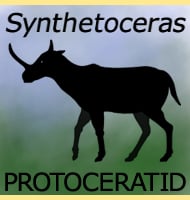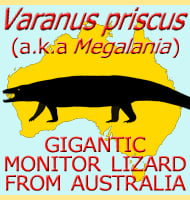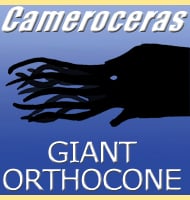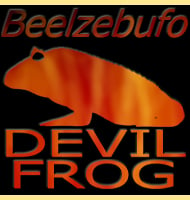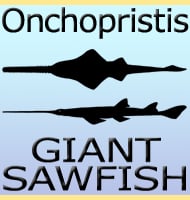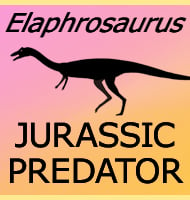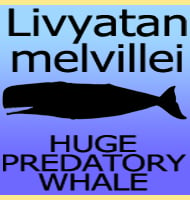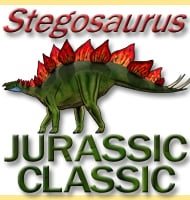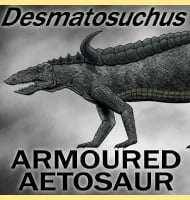In Depth
Caudipteryx the animal.
Caudipteryx is one of the most primitive oviraptosaurs so far known to us, only the genus Incisivosaurus is known to be older at the time of writing. The skull of Caudipteryx can be easily described as being box-like, and the jaws are already formed into a beak. Teeth are still present however in the anterior portion of the upper jaw. The legs are fairly long and well-built indicating that Caudipteryx was a capable runner.
Caudipteryx is confirmed to have had a covering of downy feathers all over its body, the presence of which was almost certainly for insulation. Arrangements of larger twenty centimetre long feathers are known to have existed upon the arms however. These feathers had vanes for increased rigidity as well as barbs so that they all connected together, and are seen as analogous to the first set of flight feathers of birds. Only one row has been confirmed as present so far, and that fact combined with the overall shape of Caudipteryx has yielded the conclusion that this row of feathers was not capable of producing flight, and thus were probably present more as a display or perhaps steering purpose when turning while running at high speed.How is Caudipteryx related to dinosaurs and birds?
As a feathered dinosaur Caudipteryx is just one of many that are confirmed as having feathers. However the primitive features of Caudipteryx have blurred the line between what constitutes a dinosaur and what constitutes a bird. There is now a clear split between palaeontologists with some considering that Caudipteryx is a non-avian dinosaur, while others consider it a bird. There are now a multitude of variations of these theories, but they can generally be labelled under two areas.Option 1 - Caudipteryx is an oviraptosaur and directly descended from non-avian dinosaurs.
Caudipteryx is an oviraptosaur, a member of the oviraptosauria that as a group was founded upon the description of Oviraptor. Since the establishment of this group in 1976 by Rinchen Barsbold, the oviraptosaurs have been considered a sub group of the what we now call the Maniraptora (set up in 1986). The maniraptoria is the home for many other kinds of feathered dinosaurs and was considered to be the probable origin of the birds. Members of this group are thought to have evolved from the theropod dinosaurs of the saurischian line.
The oviraptosaurs are often interpreted as one line of feathered dinosaurs descended from this group, and under this interpretation, Caudipteryx and its relatives are classed as dinosaurs. This is because a clear line can be drawn between the development of theropod dinosaurs and later oviraptosaurs. The presence of feathers on oviraptosaurs like Caudipteryx has been seen as a sign that these dinosaurs evolved from similar ancestors as birds.Option 2 - Caudipteryx is an oviraptosaur and directly descended from birds.
Many researchers have pointed out that Caudipteryx is more bird like and may actually be descended from actual birds. In this scenario birds would have already evolved from dinosaurs with features that clearly identify them as birds. One group of these birds however regressed in evolutionary terms so that more dinosaur-like characteristics re-appeared. This is not that far-fetched an idea as all researches will concede that evolution in animals doesn’t always go one way, and that more primitive forms can re-appear if ecological conditions drive a creature to do so.
A bird ancestry might more easily explain the presence of large feathers on the arm. A bird ancestor would not necessarily have to be capable of flight, but has been recognised that if oviraptosaurs are evolved from birds the n they might be secondarily -flightless. This is a controversial theory as at the time of writing it flies into the face of longer accepted thinking, but if this is true then two things might happen. The first is that birds would not just be descended from dinosaurs, they would technically ‘be’ dinosaurs. The only other alternative would be to re-classify oviraptosaurs and possibly other kinds of maniraptorans as ‘birds’ and not ‘dinosaurs’.Caudipteryx in the Yixian Formation
Caudipteryx is one of many feathered creatures from the now famous Yixian Formation which has yielded the discoveries of many feathered dinosaurs and primitive birds alike. Caudipteryx seems to have been quite common, though as of 2014 fossils for the genus are only known from the Yixian Formation, which might suggest a dense but localised population. Other creatures from the Yixian Fomation that Caudipteryx may have lived alongside include dinosaurs such as Dilong, Beipiaosaurus, Sinocalliopteryx, Yutyrannus, Sinornithosaurus and Tianyuraptor, birds such as Confuciusornis, Jixiangornis and Zhongornis, and pterosaurs such as Feilongus, Boreopterus and Zhenyuanopterus.
Further Reading
- Two feathered dinosaurs from northeastern China - Nature 393 (6687): 753–761 - Q. Ji, P. J. Currie, M. A. Norrel & S. Ji - 1998. - A new species of Caudipteryx from the Yixian Formation of Liaoning, northeast China. - Vertebrata Palasiatica 38 (2): 113–130. - Z. Zhou & X. Wang - 2000. - Important features of Caudipteryx - Evidence from two nearly complete new specimens. - Vertebrata Palasiatica 38 (4): 241–254. - Z. Zhou, X. Wang, F. Zhang & X. Xu - 2000. - Dinosaurs of the Air: The Evolution and Loss of Flight in Dinosaurs and Birds. Johns Hopkins University Press (ISBN 0-8018-6763-0) - Gregory S. Paul - 2002. - Avialan status for Oviraptorosauria. - Acta Palaeontologica Polonica 47 (1): 97–116. - T. Maryańska, H. Osm�lska & M. Wolsan - 2002. - Oviraptorosaurs compared to birds. - J. L�, Z. Dong, Y. Azuma, R. Barsbold & Y. Tomida - In, Proceedings of the 5th Symposium of the Society of Avian Paleontology and Evolution, 175–189. Z. Zhou & F. Zhang (eds.). Beijing Science Press. - 2002. - The Dinosauria Weishampel, Dodson, Osmolska. - Chapter 8 Oviraptorosauria - University of California Press. - Halszka Osm�lska, Philip J. Currie & Rinchen Barsbold - 2004. - The Debate on Avian Ancestry; Phylogeny, Function and Fossils - Mesozoic Birds: Above the Heads of Dinosaurs (ISBN 0-520-20094-2) : 3–30. - Lawrence M. Witmer - 2005. - Caudipteryx as a non-avialan theropod rather than a flightless bird. - Acta Palaeontologica Polonica 50 (1): 101–116. - Gareth J. Dyke & Mark A. Norell - 2005. - Non-Avian dinosaur fossils from the Lower Cretaceous Jehol Group of western Liaoning, China - Geological Journal 41: 419–437. - X. Xu & M. A. Norell - 2006.

